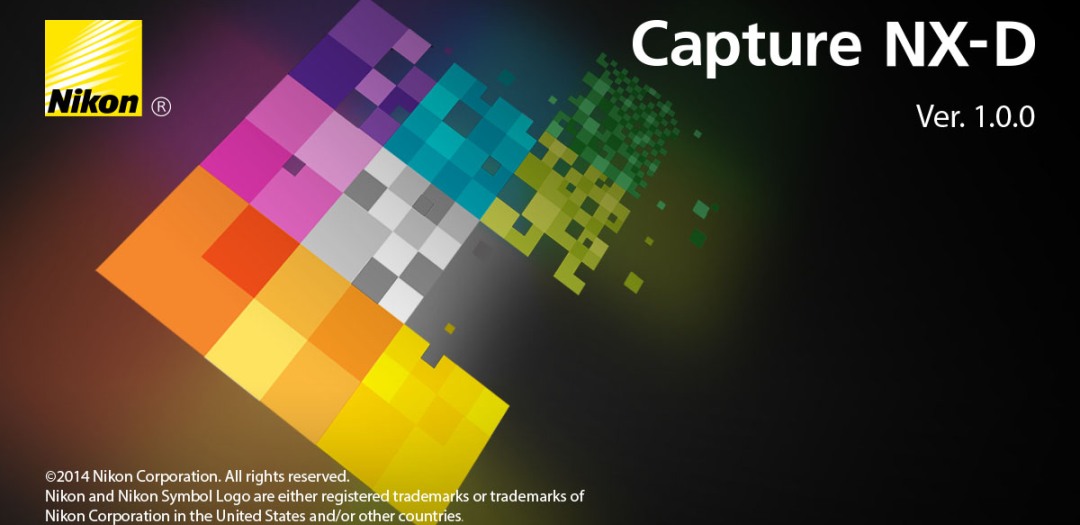

- #Nikon capture nx d edit converted dng files pro#
- #Nikon capture nx d edit converted dng files software#
- #Nikon capture nx d edit converted dng files code#
- #Nikon capture nx d edit converted dng files trial#
- #Nikon capture nx d edit converted dng files windows#
My issue is that it is done more or less picture by picture. This offers quite a lot of possibilities, if you look behind the plain „adjust the histogram“ story. Personally my issue is not with the RAW development feature. If I develop untouched, I can use the JPG instead that was done by an automatic process. I think the basic idea behind using RAW is to be able to get sensor data out of a picture that will be lost if developed „untouched“. Personally I doubt that „untouched RAW development“ is the idea behind RAW development.

If not, I am hoping that Affinity has plans to improve its RAW processing. I'd love to hear comments from the pros &/or from those who may think that my "test" was flawed and why. In my opinion, Photo and Luminar had the worst results and DxO had the best. I loaded a Nikon RAW file (NEF) into Affinity and exported it to a TIFF RGB 16-bit JPG without making any adjustments and asked the others to do the same thing.
#Nikon capture nx d edit converted dng files trial#
So I downloaded trial versions of some of the programs or got friends who were using non-Affinity programs to help me out. His one comment that caught my eye was that he would never use Affinity for this task! I was curious to see if I could determine why this was. and described the results obtained from each of the programs. One poster said that he's tried ON1, DxOMark, Affinity Photo, Capture 1, Luminar, etc.
#Nikon capture nx d edit converted dng files software#
until yesterday! I was reading a few posts on DPReview about the results obtained by various software programs for processing RAW files.
#Nikon capture nx d edit converted dng files windows#
I have loved using Affinity Photo for Windows since it was released and used it exclusively to process my RAW files. afphoto format (where file sizes can be up to 10x larger) just to save your non-destructive edits. This enables saving basic photo processing edits to the much smaller standard DNG files, rather than forcing you to save in. Save the edits in an open standard XMP file (like darktable and other apps do). One other feature I hope AP 1.8 will add: non-destructive editing of RAW and DNG files. And finally, it would help to make metadata edits on DNG source files and save the metadata IN the file itself, as Adobe Bridge enables.
#Nikon capture nx d edit converted dng files code#
Another suggestion is expand the number of IPTC fields that can be edited-the IPTC subject code field is missing, to give just one example. One suggestion I'd make is integrating more metadata editing capabilities into the batch processing module. They also don't destroy metadata written by other programs. It's great to see the improved metadata editing capabilities in 1.8 beta. I can load a bunch of the tagged DNG files into AP 1.8 beta, it'll batch convert all those to my preferred output types and preserve all the metadata from the DNG source files into the output, so that I have fully tagged. Bridge has all the IPTC/XMP metadata fields I use, and it'll save the metadata in the DNG source files where I want it. Then use Adobe Bridge as my DAM, to tag the DNG files with all the IPTC metadata I use, and create collections. It's extremely fast, and high quality output. Current simple workflow: use Adobe DNG convertor to bulk convert my Canon. The Batch feature in AP handles RAW files quite well. Also, it's convenient to not have to use a separate RAW processing app in my workflow, if I don't have to.Ī few random thoughts about AP RAW handling in 1.8:

In general, AP RAW gets very good results on probably 90% of my files, and I like its cleaner interface, it's just simpler to use.
#Nikon capture nx d edit converted dng files pro#
I've tried all the leading open source RAW handlers, as well as ON (free trial version), Paintshop Pro (2019 version), and a few others. It also enables you to save non-destructive edits to RAW DNG files in an. In a few cases that need more nuanced RAW handling, I use darktable-it has richer settings and options for a variety of things, including denoise and dehaze, that I find harder or impossible to do in AP. What are the main reasons that led you to use AP, or another app, for your RAW processing?Ĭurrently, I use the AP RAW feature for most files. Very interested to learn a few things about how folks are handling RAW files.Īs in the poll: Are you using Affinity Photo ( AP), commercial app of some type, or an open source app?


 0 kommentar(er)
0 kommentar(er)
